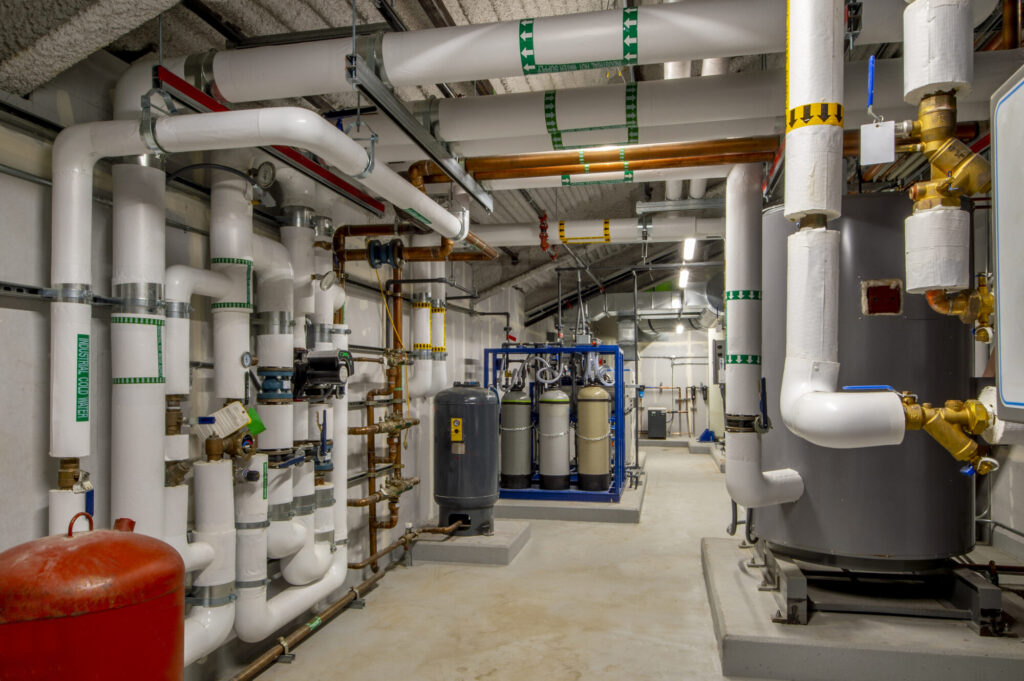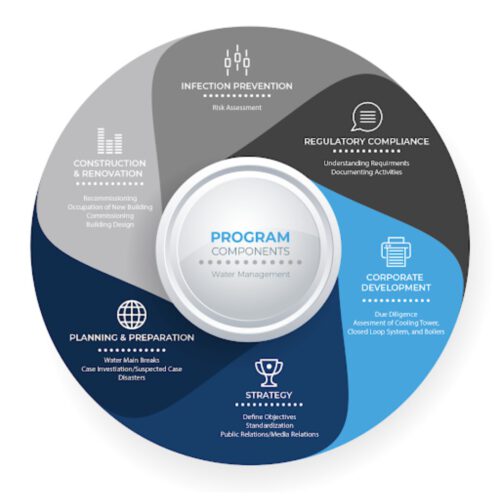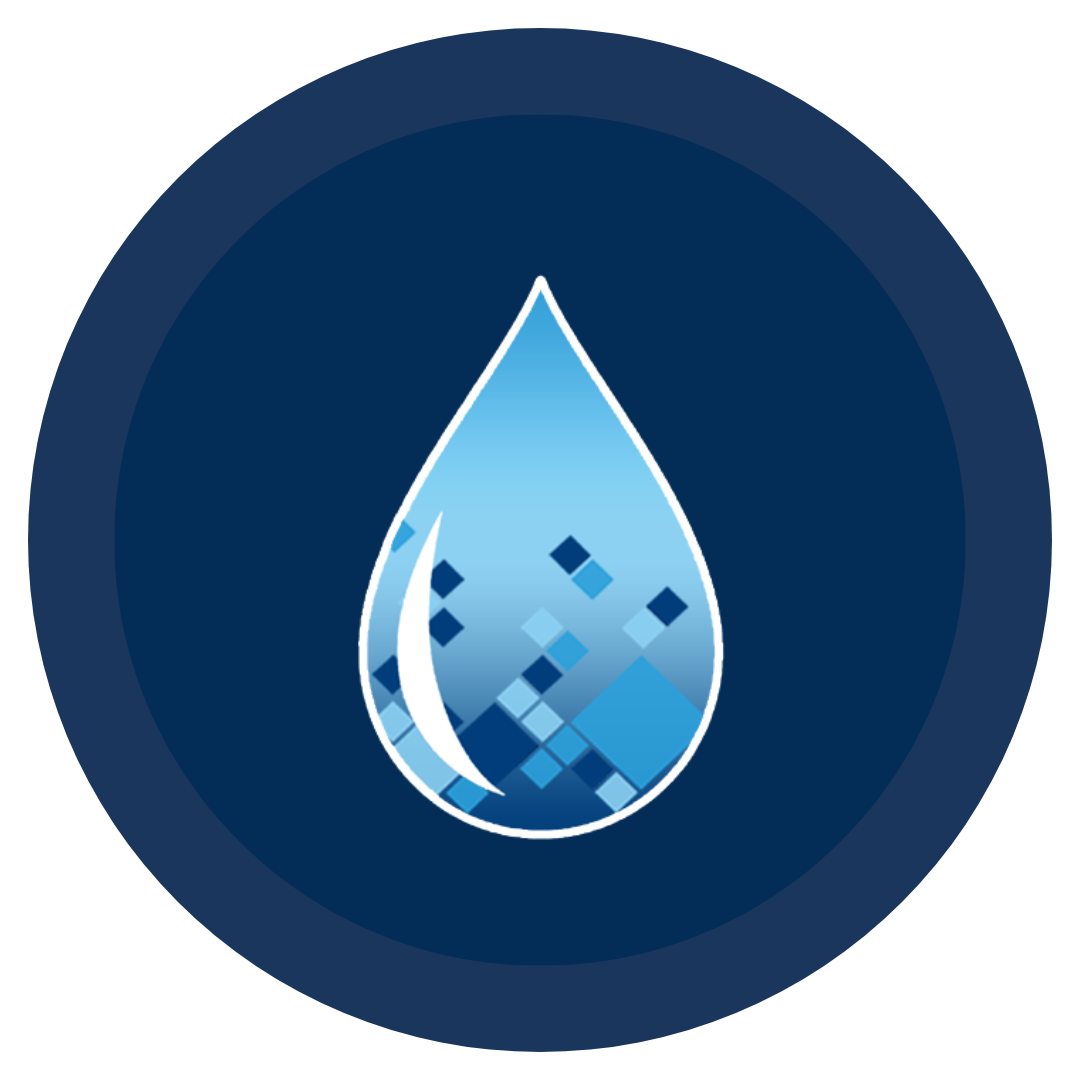Legionella bacteria growth poses a serious health risk in healthcare environments, where vulnerable populations are at increased risk of infection. To effectively manage this threat, every healthcare facility should implement a structured approach that includes Legionella risk assessments, comprehensive Water Management Plans. These tools are essential for identifying potential hazards, controlling waterborne risks, and maintaining a safe environment for patients, staff, and visitors. Prioritizing the prevention Legionella growth is not only a regulatory expectation, it’s an important step in protecting public health within healthcare settings.
Understanding Legionella Risk in Healthcare Facilities
Legionella bacteria thrive in warm water environments, typically in temperatures between 20°C and 45°C (68°F and 113°F). These bacteria are commonly found in natural water sources, but they can also contaminate water systems in buildings, including pipes, cooling towers, faucets, and showers. In a healthcare setting, Legionella bacteria pose a particular threat due to the presence of vulnerable individuals who may have weakened immune systems, chronic illnesses, or respiratory conditions.
Legionella can enter the body through inhalation of contaminated water droplets, usually from showerheads, faucets, air conditioning units that use water and even humidifiers that use contaminated tap water. Legionella bacteria produce disease in humans called Legionellosis. This comes in two major types: Pontiac Fever, a self-limiting, often mild illness exhibiting flu-like symptoms. The other more severe illness is known as Legionnaires’ disease, which is a type of pneumonia, a lower respiratory infection, that can be life threatening, particularly among those who are already at risk.

The Importance of a Water Management Plan
The most effective way to manage Legionella growth risks in healthcare facilities is to develop and implement a comprehensive Water Management Plan. This plan is a proactive approach to controlling waterborne pathogens and ensuring water safety. A Water Management Plan outlines the procedures and protocols to prevent Legionella growth contamination, monitor water systems, and address potential risks before they become serious threats.
Key Components of a Legionella Water Management Plan
A Legionella Water Management Plan should include the following key components:
- Water System Assessment: Begin by identifying and assessing all water systems in the facility, including hot and cold water systems, cooling towers, and other water-related infrastructure. This helps pinpoint areas where Legionella growth may be a threat.
- Temperature Control: Legionella grow in temperatures between 20°C and 45°C, so maintaining water temperatures outside of this range is critical. Ensure that hot water is kept above 60°C (140°F) and cold water is below 20°C (68°F) to reduce the growth of Legionella.
- Schedule Cleaning and Disinfection: Establish a routine for cleaning and disinfecting water systems to remove sediment, biofilm, and debris that provide a breeding ground for Legionella growth. This includes regularly flushing pipes, maintaining cooling towers and regularly cleaning faucet aerators.
- Legionella Risk Assessment: Regular risk assessments should be conducted to identify potential hazards in the water system. This involves reviewing maintenance records, inspecting water systems, and testing for Legionella bacteria.
- Training and Education: All staff members, including maintenance, housekeeping personnel and healthcare providers, should be trained on Legionella growth risks and prevention measures. Understanding the importance of water safety and how to identify potential risks can significantly reduce the chances of contamination.
- Monitoring and Record-Keeping: Continuous monitoring of water systems is necessary, such as water temperatures, flow rates, and water quality. Routine testing for Legionella bacteria should also be part of the monitoring plan, with clear record-keeping to demonstrate compliance with safety standards.
Precautions for Legionella in Healthcare Settings
When it comes to precautions for Legionella, healthcare facilities should focus on preventive measures and rapid response procedures. Some effective precautions include:
- Routine water testing: Regular testing for Legionella bacteria helps identify any contamination before it becomes an exposure threat.
- Maintaining water temperature: Ensure that hot water storage systems are set to a temperature above 60°C (140°F) and cold water systems are kept below 20°C (68°F).
- Avoiding water stagnation: Stagnant water creates an ideal environment for Legionella growth, with plumbing dead legs being a common area where water can stagnate. To eliminate the risk of further stagnation, these dead legs should be removed or repaired. Regular flushing of water systems is essential to prevent standing water in pipes or tanks.
- Proper maintenance of cooling towers and air-conditioning units: These systems are common sources of Legionella growth contamination. Regular cleaning and maintenance should be performed to reduce exposure risk.

Developing a Water Management Plan for Healthcare Facilities
A Water Management Plan is an essential document that details how to manage the risks associated with waterborne diseases, including Legionellosis. The plan should be tailored to the specific needs of the healthcare facility and include clear procedures for monitoring water quality, managing risks, and responding to outbreaks.
The Water Management Plan should cover the following:
- Identification of Critical Water Systems: Identify all critical water systems that could pose a risk of Legionella growth contamination, such as those supplying areas where vulnerable individuals are treated.
- Clear Roles and Responsibilities: Assign specific responsibilities for water safety and Legionella risk management to qualified personnel.
- Emergency Response Plan: Outline the steps to be taken in case Legionella growth contamination is detected, including immediate actions, communication protocols, and remediation steps.
- Monitoring and Documentation: Establish a schedule for routine water testing, inspections, and record-keeping to demonstrate ongoing compliance with the Water Management Plan.

Ongoing Legionella Risk Management
Legionella Risk Management doesn’t stop after creating a Water Management Plan. Continuous monitoring, regular testing, and periodic updates to the risk management protocols are necessary to keep up with changes in water systems and emerging threats. In addition, healthcare facilities should stay informed about new research, regulations, and best practices to ensure ongoing protection against Legionella bacteria growth.
How IWC Innovations Helps Healthcare Facilities Manage Legionella Risk
IWC Innovations specializes in helping healthcare facilities manage Legionella risk through a tailored and proactive approach. We work with healthcare organizations to develop and implement comprehensive Water Management Plans, with a strong focus on Legionella Risk Management practices. Our team assists in designing Water Management Plans that prioritize the health and safety of patients, staff members, and visitors.
By providing regular monitoring, thorough system maintenance, and staff member training, IWC Innovations ensures that healthcare facilities are equipped to minimize the risk of Legionella outbreaks. Our solutions go beyond meeting regulatory requirements, they create a safer environment for all.
For healthcare providers looking to elevate their water safety protocols, IWC Innovations offers the expertise and support needed to effectively manage Legionella risks, ensuring the well-being of everyone in the facility.




